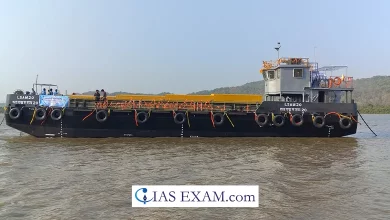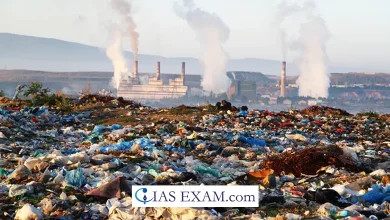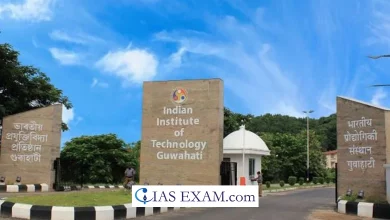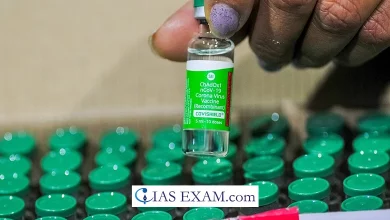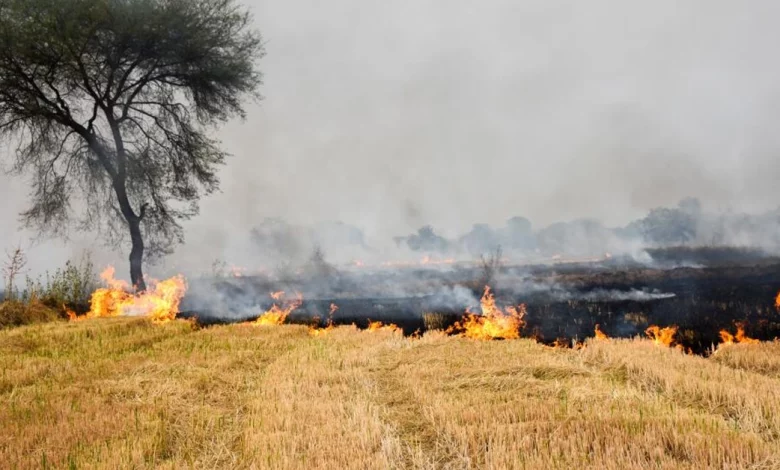
Context: There is increasing talk about the necessity of redesigning our current agricultural system and the food we eat, considering the impact of climate change.
Details: Agriculture is a significant source of greenhouse gas emissions, with methane emissions from rice cultivation and livestock, nitrous oxide from synthetic fertilisers and manure use, deforestation for beef production, and even palm oil plantations contributing to these emissions.
Agricultural practices that are adjusted to accommodate the effects of climate change:
- The current model of agriculture is responsible for greenhouse gas emissions through various means, such as methane emissions from livestock and rice cultivation, and nitrous oxide from the use of synthetic fertilisers and manure on fields.
- The widespread destruction of forests, including rainforests, for beef cattle and palm oil production worsens the climate crisis.
- Additionally, the transportation of food across continents for processing and sale further contributes to the problem.
- Moreover, the sector is highly susceptible to the growing frequency and severity of extreme weather events.
- In countries like India, farms and food production are still largely based on traditional methods. Most dairy farmers are individuals who use a mix of open grazing and stall-feeding for their animals. These farms follow agrosilvopastoral systems.
- Farmers are relying more on expensive inputs like fertilisers, seeds, and pesticides, which increases their debt and vulnerability to crop losses and extreme weather.
- To ensure livelihood, nutrition, and environmental security in a world at risk from climate change, the agricultural model should be low-input-based to protect farmers from multiple risks.
- This approach will also benefit farmers financially, as high food costs are unaffordable in many countries. Contrary to popular belief, low-input agriculture can still be productive.
- The conventional strategy of using high-cost inputs may lead to higher yields and income for farmers, but only if the costs don’t outweigh the profits.
- However, for smallholder farmers with limited economies of scale, this is not feasible.
- To increase yields, attention must be given to soil health and providing timely irrigation to farmers.
- Climate change will introduce new pests, making it crucial for agriculture to be resilient.
- However, this does not mean relying on pesticides.
- Instead, agricultural practices should be modified and non-chemical alternatives should be utilised.
- The main goal is to enhance the ability of farmers to cope, recover, and increase their returns.
- This can be achieved by investing in markets that offer opportunities for farmers to maximise their gains.
- Additionally, agriculture should be based on risk minimization, which can be accomplished through promoting multiple cropping systems and biodiversity.
- Including livestock in the economy can also help manage risk and provide income from different sources.
- The choice of crops should be nutritive and compatible with the local environment.
- Governments need to implement policies that support the cultivation of these crops, such as including them in programs like mid-day meals.
- Ultimately, consumers play a crucial role in influencing the types of food that farmers grow through their dietary choices.
- It is important to prioritise nutrition and return to traditional knowledge of seasonal cooking.
Conclusion:
It is important for us to be involved in the changing agriculture industry because food and culture are closely connected. The climate change crisis is caused by humans and our actions have put our present and future at risk. We must make changes in our lives and the way we do business. It is not feasible to continue with current agricultural practices in a world threatened by climate change.
Source: DownToEarth





.png)
